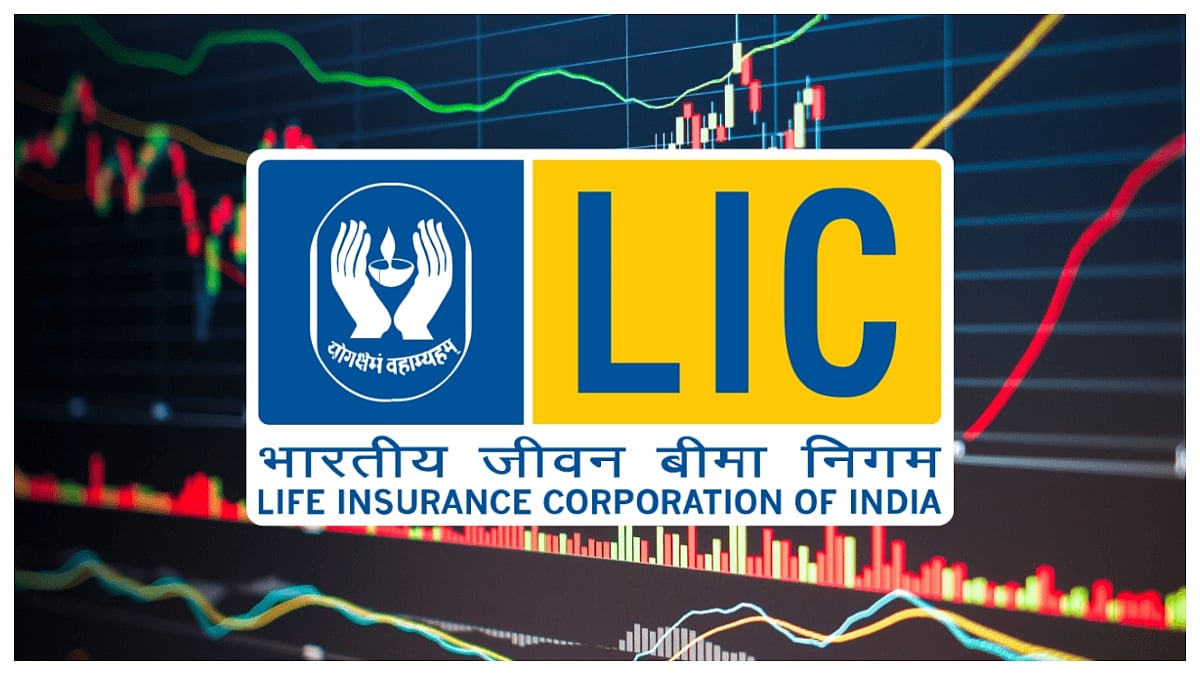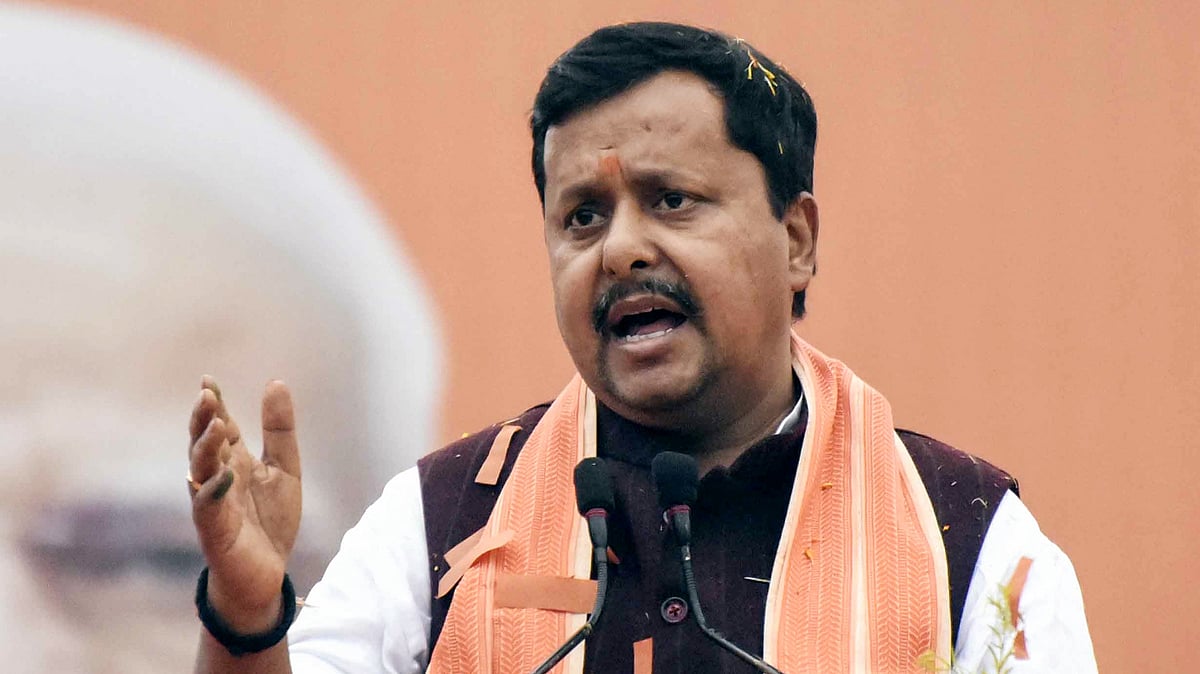The National Democratic Alliance (NDA) government’s financial inclusion programme – the ‘Pradhan Mantri Jan Dhan Yojana’ launched on August 28, 2014, is now being supported by the Reserve Bank of India. The RBI is on a ‘mission mode’, “to ensure sustainable and scalable financial inclusion with measures including mandatory branch expansion to rural areas and relaxation of KYC norms.” The goal of the programme has been stated as ‘eradicating financial untouchability so as to eradicate poverty’. It claims to have opened 5.1 crore new accounts and collected INR 3600 cr in deposits within less than a month of its launch. What factors may ensure success of the Jan Dhan Yojana in achieving the elusive financial inclusion dream?
Financial inclusion can be measured along four dimensions — one, along the three As pertaining to the supply side, viz. – Access to institutional credit, Availability of various financial services and Affordable cost; and two, the demand-side dimension, viz. Usage of the banking system.
Successive governments have systematically introduced a host of measures in the last six decades targeting the supply-side factors leading to exclusion. Bank nationalisation, bank branch expansion to remote areas, the setting up of regional rural banks, the lead bank scheme and the banking correspondent (BC) model to provide doorstep delivery of banking services were all aimed at eradicating access exclusion. The concept of zero-balance accounts, together with ATM-cum – debit cards for no extra charge under the BSBDA and simplification of the Know Your Customer (KYC) norms were meant to reduce price and condition exclusion.
The Jan Dhan Yojana scheme – although larger in scope, covering both rural and urban households (rather than the earlier villages) – like its predecessors, continues to focus on supply-side exclusion factors. An emphasis on the demand-side factors leading to exclusion would contribute to achieving the objective of financial inclusion. Such factors, which have been overlooked/under-emphasised in the past, interestingly, may be more on account of individual (behavioural ) rather than institutional factors. For instance, a large part of the lack of usage of the banking system may be on account of cultural, religious or psychological barriers, leading to self-exclusion.
Overcoming the demand-side barriers would require a different set of governmental measures, including — one, a well-designed communication strategy aimed at spreading awareness regarding the benefits of savings, as also the banks’ financial services. At the same time, borrowers should be made to understand that there is no such thing as a free lunch. Two, using localised mass media and popular celebrities to act as opinion leaders to carry their message. The polio eradication campaign can serve as a role model. Three, enhancing income-earning opportunities for the poor, while at the same time keeping inflation at moderate levels. An increase in the real saving capacities of the poor thus would draw them to save in financial (rather than physical) assets. Such opportunities however, would require more than the low-skill intensive MGNREGA type of public works programmes. Four, providing a nudge to companies, especially Small and Medium Enterprises (SMEs) carrying out labour –intensive manufacturing and/ or spending on livelihood generating CSR programs in the form of tax breaks and subsidies. Five, investing in infrastructure, particularly roads, to reach to the masses of poor. For the poor, the travel costs for saving (and getting included) may far outweigh the benefits in far-flung, inaccessible places, leading to their exclusion. Six, linking the direct cash transfers under various government schemes to holding such an account. Seven, relying on cooperatives and Self Help Groups (SHGs) to minimise the effect of lack of trust and defaults in loan repayments.
The motto of ‘Savings First, Credit Later’ should lead a successful financial inclusion program. The newly-created accounts should be seen not merely as a means of access to affordable institutional loans, but primarily as a means of depositing small savings. Affordability should encompass not just the interest cost, but also the opportunity costs for the poor, which prevent better usage of institutional credit.
The eradication of financial untouchability would have to be built on an edifice of financial stability. Creating new bank accounts and covering new segments of the population – essentially supply side measures – would affect the monetary objective of financial stability as also the fiscal deficit. A coordinated effort of several agencies – the government, corporate, SHGs, NGOs and the banking system – is required to reach out to and change the psyche of the poor towards financial inclusion. Better usage of the financial system by the poor through effective financial literacy and other associated measures will go a long way in creating true financial inclusion.
The author is Professor of Economics at the S.P. Jain Institute of Management & Research, Mumbai. Views are personal
Tulsi Jayakumar









